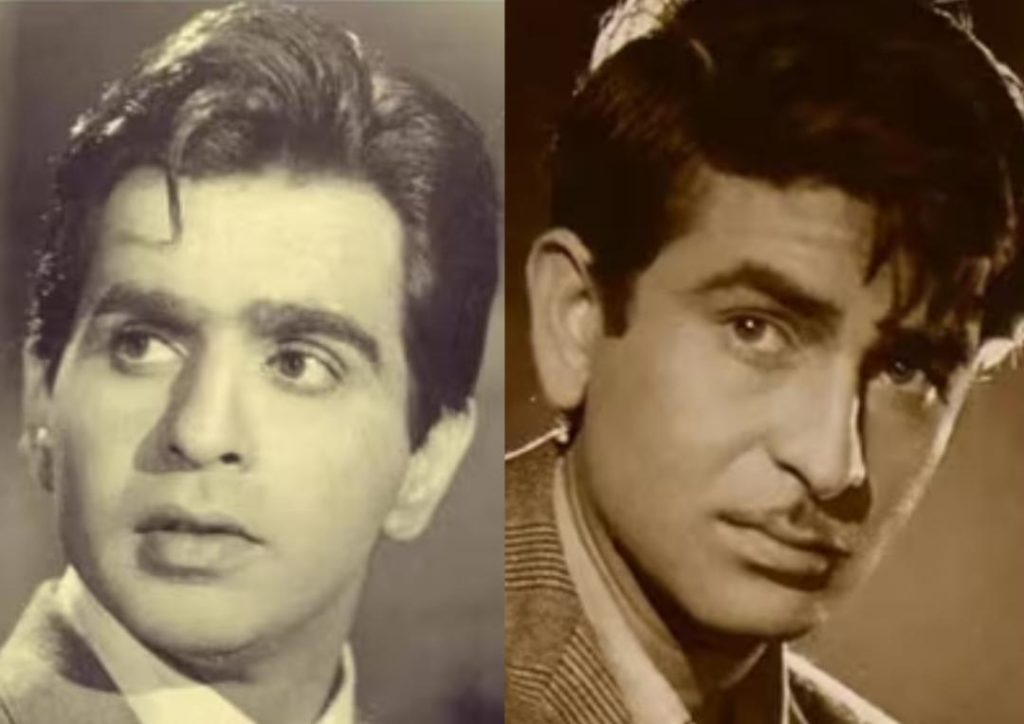
Dilip Kumar & Raj Kapoor’s Homes in Pak to be Turned into Museums
The entertainment industry has always been a significant part of human culture, providing endless hours of entertainment and joy to people around the world. Two legendary actors, Dilip Kumar and Raj Kapoor, are icons of Indian cinema, and their contributions to the industry are still remembered and revered today. Now, their ancestral homes in Peshawar, Pakistan, are set to be transformed into museums, a move that is expected to make them cultural landmarks and focal points for tourists.
According to a recent announcement by the Director of Archaeology, Dr. Abdul Samad, the construction of these museums will take place over the next two years and will have an estimated cost of ₹7 crore (approximately $900,000 USD). This project is a significant step forward in promoting cultural heritage and tourism in Pakistan, and it is expected to attract visitors from all over the world.
Dilip Kumar’s Home in Peshawar
Dilip Kumar, also known as the “Tragedy King,” was one of the most iconic actors of Indian cinema. Born in Peshawar, Pakistan, in 1922, Kumar began his acting career in the 1940s and went on to become one of the most successful and beloved actors of his time. He is known for his powerful performances in films such as “Andaz,” “Mughal-e-Azam,” and “Ganga Jamuna.”
Kumar’s ancestral home in Peshawar, where he was born and raised, is a significant part of his legacy and a testament to his humble beginnings. The home, which is over 100 years old, is a beautiful example of traditional Pakistani architecture and has been well-preserved over the years.
Raj Kapoor’s Home in Peshawar
Raj Kapoor, known as the “Showman of Bollywood,” was another legendary actor who left an indelible mark on Indian cinema. Born in 1924, Kapoor began his acting career in the 1940s and went on to become one of the most successful and beloved actors of his time. He is known for his powerful performances in films such as “Awara,” “Shree 420,” and “Mera Naam Joker.”
Kapoor’s ancestral home in Peshawar, where he was born and raised, is another significant part of his legacy and a testament to his humble beginnings. The home, which is over 100 years old, is a beautiful example of traditional Pakistani architecture and has been well-preserved over the years.
Why Turn Their Homes into Museums?
So, why are Dilip Kumar and Raj Kapoor’s homes in Peshawar being turned into museums? The answer lies in the significance of these homes as cultural landmarks and the importance of preserving cultural heritage.
Both Kumar and Kapoor are icons of Indian cinema, and their homes are a testament to their humble beginnings and their contributions to the industry. By turning these homes into museums, the Khyber Pakhtunkhwa government aims to preserve their cultural significance and make them focal points for tourists.
In addition, these museums will provide a unique opportunity for visitors to learn about the lives and careers of these two legendary actors, as well as the history of Indian cinema. The museums will feature exhibits on the actors’ personal lives, their film careers, and the evolution of Indian cinema.
Benefits of the Project
The project to turn Dilip Kumar and Raj Kapoor’s homes into museums is expected to have numerous benefits for the local economy and for cultural tourism in Pakistan.
Firstly, the project will create jobs and stimulate economic growth in the region. The construction of the museums will require a significant workforce, which will provide employment opportunities for local residents.
Secondly, the museums will attract tourists from all over the world, which will boost the local economy and provide a significant source of revenue. The Khyber Pakhtunkhwa government estimates that the project will generate over ₹1 crore (approximately $130,000 USD) in revenue each year.
Thirdly, the museums will provide a unique cultural experience for visitors, which will promote cultural understanding and exchange between Pakistan and other countries.
Conclusion
The project to turn Dilip Kumar and Raj Kapoor’s homes in Peshawar into museums is a significant step forward in promoting cultural heritage and tourism in Pakistan. The construction of the museums will provide a unique opportunity for visitors to learn about the lives and careers of these two legendary actors, as well as the history of Indian cinema.
The project is expected to have numerous benefits for the local economy and for cultural tourism in Pakistan, including the creation of jobs, stimulation of economic growth, and promotion of cultural understanding and exchange.
As the Khyber Pakhtunkhwa government said, “We aim to make these cultural landmarks focal points for tourists and promote cultural tourism in the region.” With the construction of these museums, the government is taking a significant step towards achieving this goal.






